Chess is full of clever tricks. One such trick is Interference. It’s not as famous as other chess tactics like the fork or pin, but it can be just as deadly.
Interference is about putting something in the way, blocking a piece from doing its job. That job might be defending, attacking, guarding a square, or controlling a file or diagonal.
When you use interference correctly, you cut off coordination between your opponent’s pieces. And once that connection is broken, you strike.
Learning the interference tactic is an excellent way to improve your chess ability.
Let’s break this tactic down, piece by piece.
The Basic Idea Behind Interference
Think of a team working together. One player throws the ball, another catches. If someone jumps between them, the pass fails.
The same thing happens in chess. If one piece depends on another, say, a queen protects a rook, you can jump between them.
The moment that happens, your opponent might lose material or fall into a bad position.
Interference always involves placing a piece in the line of communication between two enemy pieces. You’re jamming the signal, and that can win you the game.
What Interference Is Not
Before we dive deeper, let’s clear something up. Interference is not a pin.
A pin restricts a piece from moving because doing so would allow something worse, like losing a piece or allowing a check.
Interference is also not a skewer or a discovered attack. Instead, interference is all about blocking lines, especially diagonals, ranks, and files.
A Simple Example of Interference
Imagine your opponent’s queen is defending their rook. You play a piece between the two.
Suddenly, the rook is no longer protected. If your piece cannot be captured easily, or if it’s a check, they’re in trouble.
When to Look for It
Interference works best when:
- The opponent’s pieces are defending each other across long lines (files, ranks, diagonals).
- A single piece is doing too many jobs.
- A piece stands in a square that blocks an important connection.
Many players don’t notice these moments. That’s what makes interference a quiet assassin. It hides in plain sight.
Common Patterns
Let’s look at some common ways interference shows up in real games.
1. Cutting off a Queen’s Protection
A queen often guards several pieces or squares at once. Let’s say the queen protects a rook.
If you can play a piece between the queen and the rook, you might be able to take the rook for free in your next move.
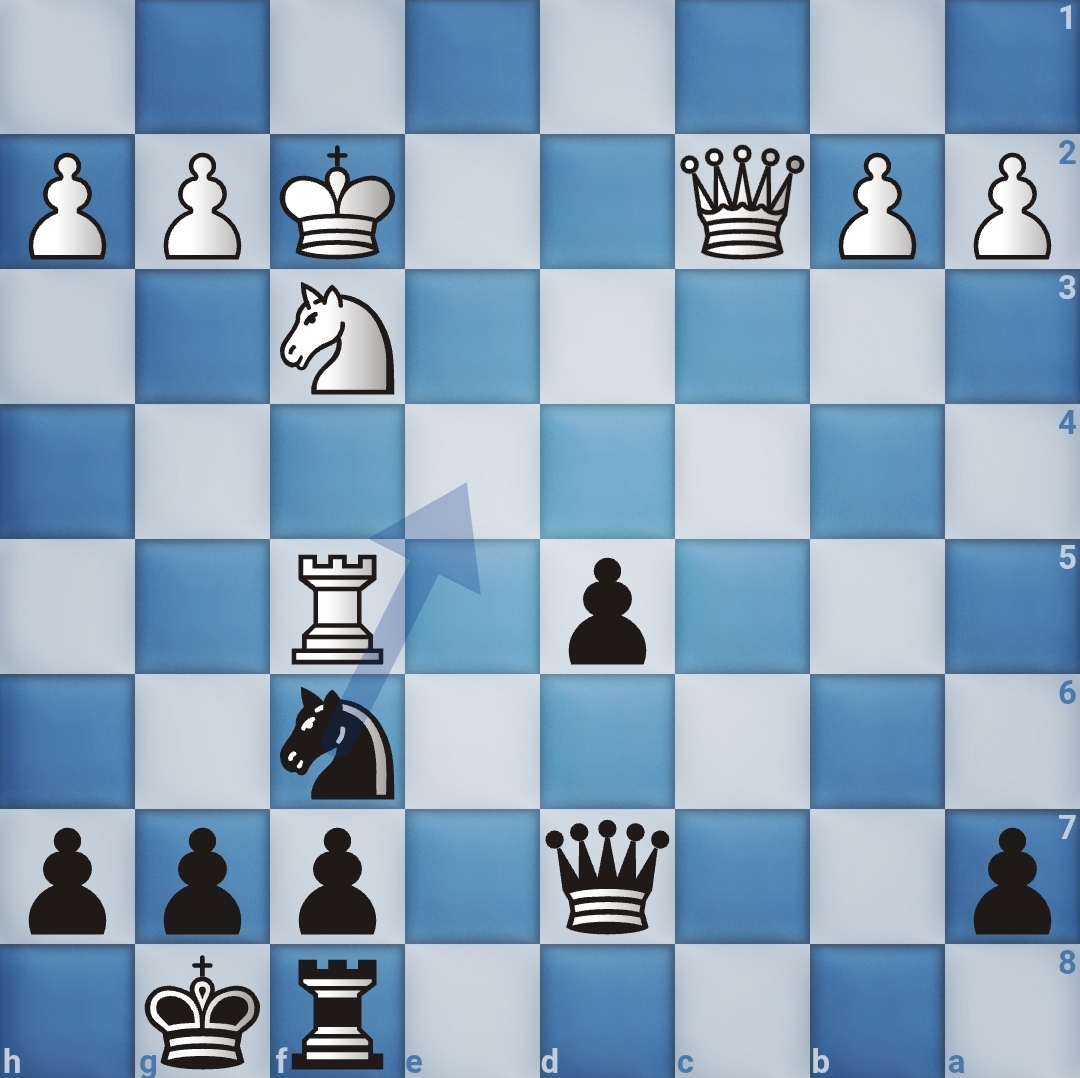
In this example, the white queen is protecting the rook on f5. Black can use the interference tactic by playing …Ne4. This move comes with a check, so White has to respond. The white rook will fall on the next move.
2. Protecting a Piece
Interference can also be used to protect a piece indirectly.

In this position, the white pawn is one step away from promotion. However, the black rook on b3 prevents this from happening.
White can use the interference tactic here by playing Nb5. This knight cuts off the black rook’s influence on the b-file.
The knight will also be protected by the a4 pawn. White can now promote.
3. The Most Brutal Kind: Interference with Threat of Mate
This is when interference goes from clever to crushing. You play a piece between a defender and a crucial square. The opponent must respond to the interference.
But in doing so, they lose a piece or worsen their position. You may win a piece or even deliver a checkmate next.
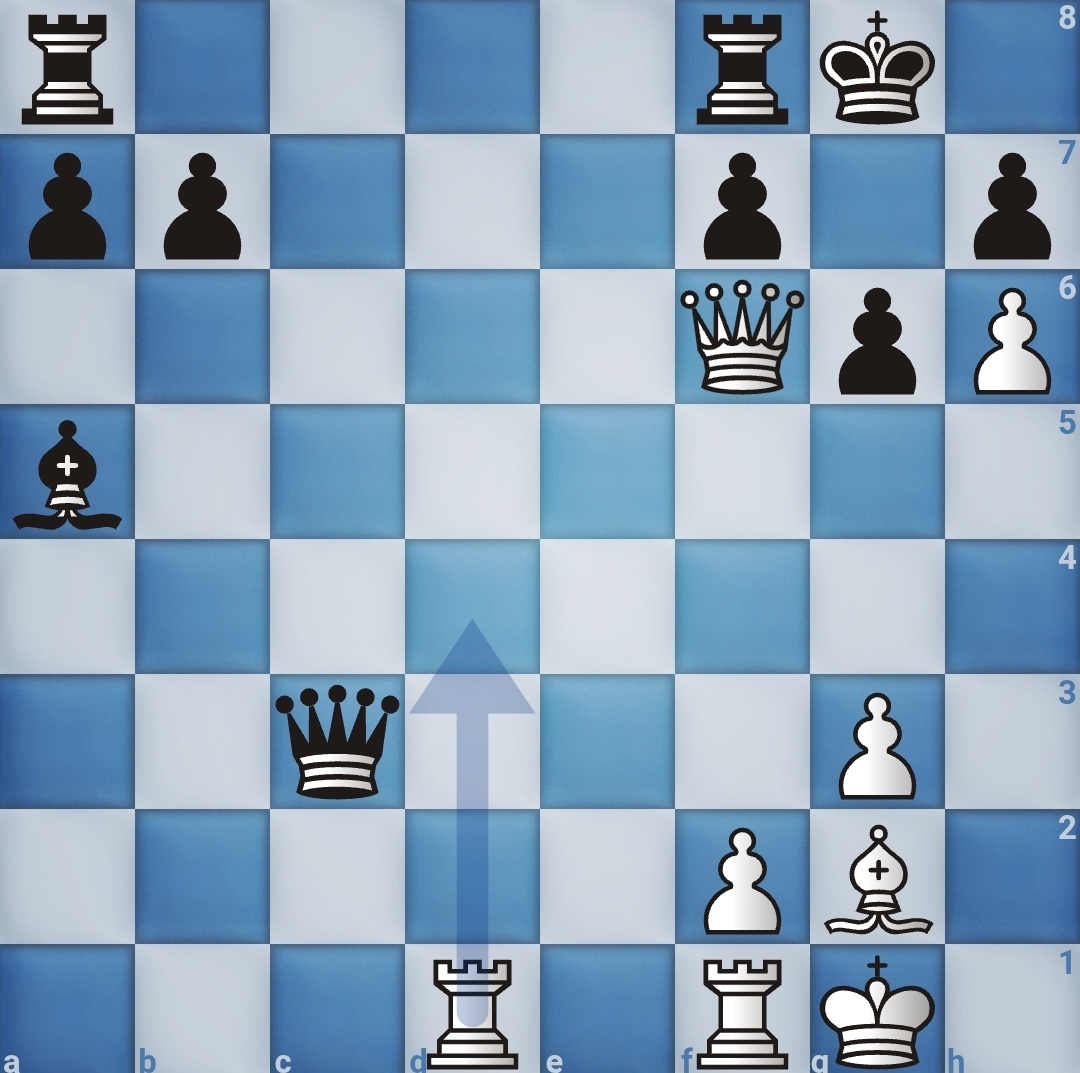
In this example, White is threatening mate on g7, but the black queen guards the square. White can play Rd4, blocking off the black queen’s influence on the a1-h8 diagonal.
Black is helpless and can only prolong the inevitable checkmate by giving up their queen.
A Quick Recap
- Interference is about blocking a connection between two pieces or blocking the influence of an enemy piece on certain squares.
- It usually happens along files, ranks, or diagonals.
- You can use it to win material or protect a piece.
Conclusion: Try It Yourself
Want to practice? Set up puzzles where one piece guards another from far away. Then look for ways to interrupt that link.
You’ll begin to see how powerful this tactic can be. You can set up puzzles on chess websites like Lichess and Chess.com.
Next time you play, ask yourself: Are those two pieces relying on each other? If yes, see if you can drive a wedge between them.
When you land a successful interference tactic, it feels like slicing a tightrope. Everything collapses, and you stand tall on the board.
That’s the art of interference.
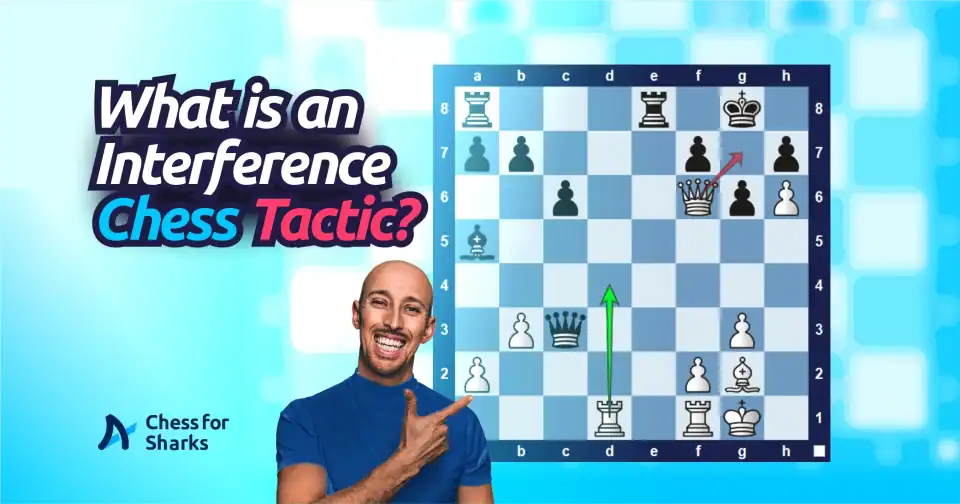


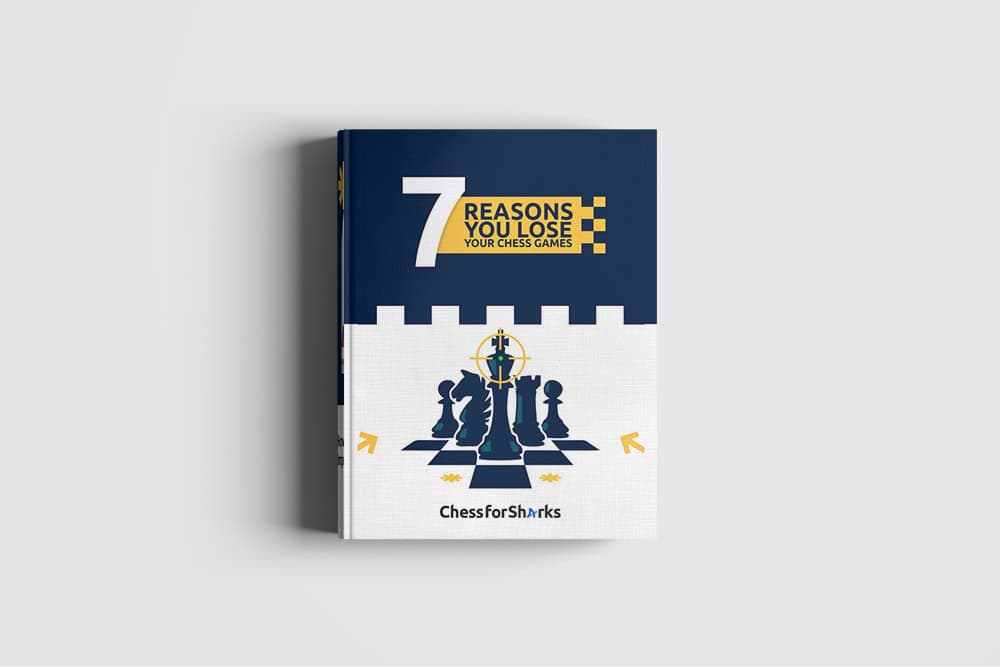
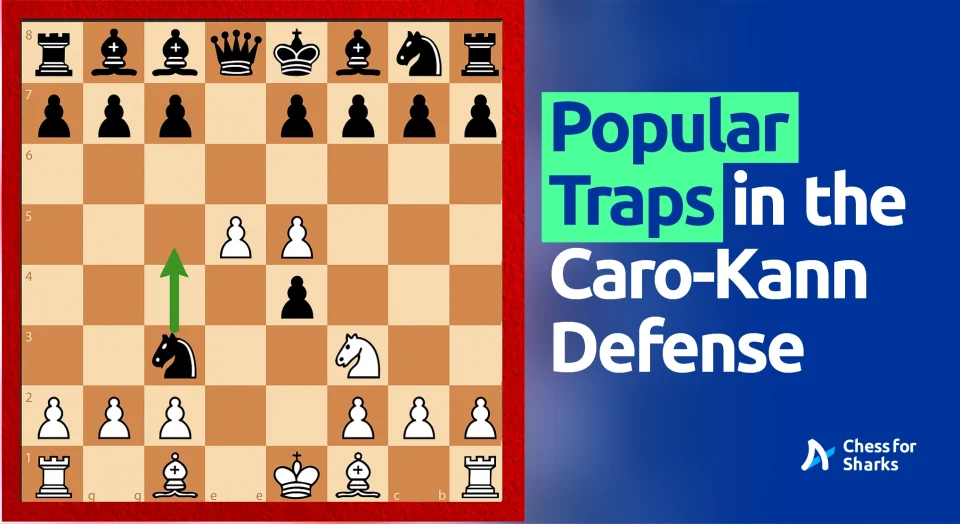
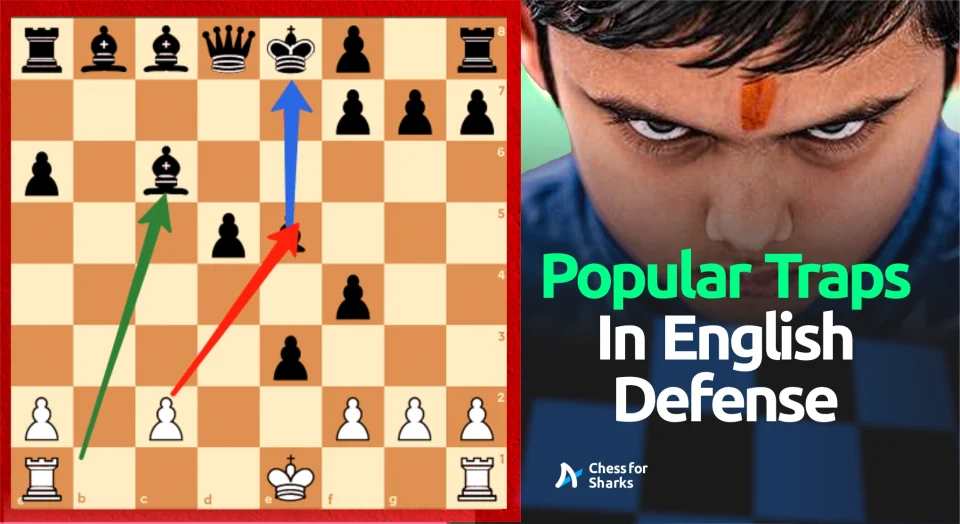
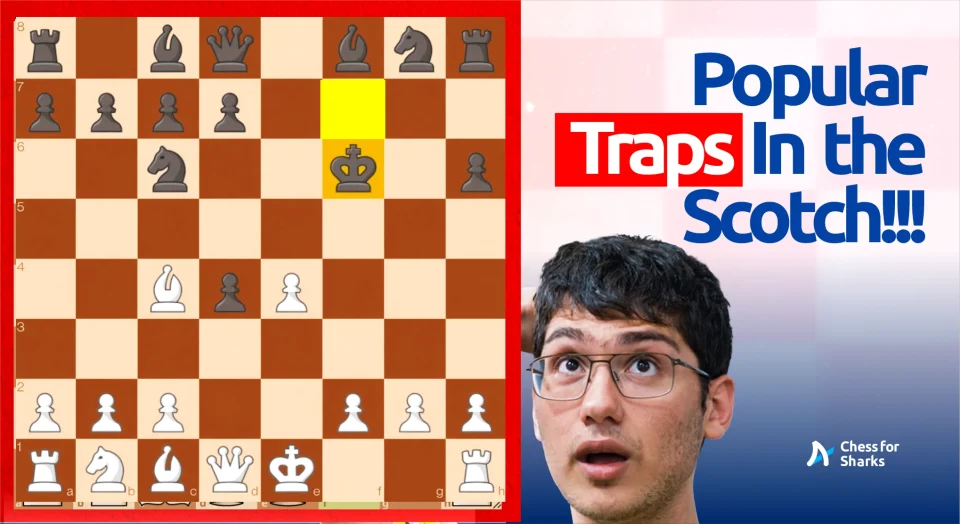
join the conversation